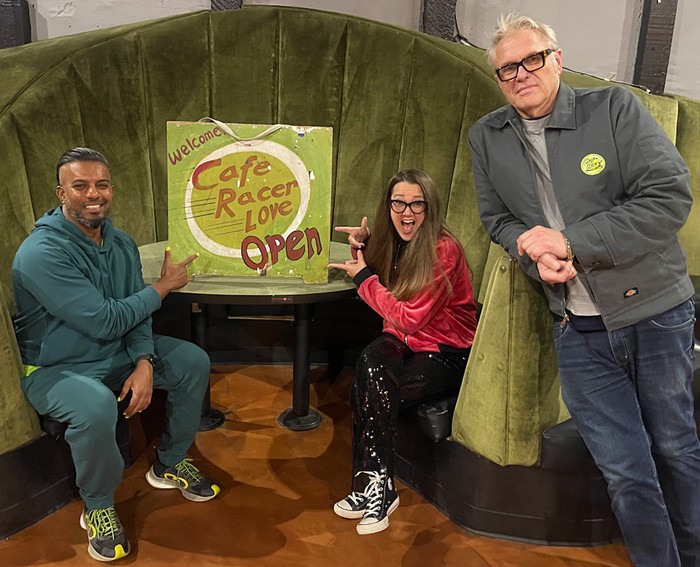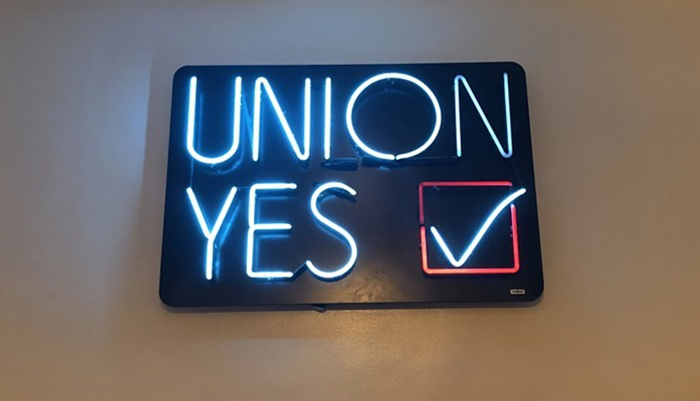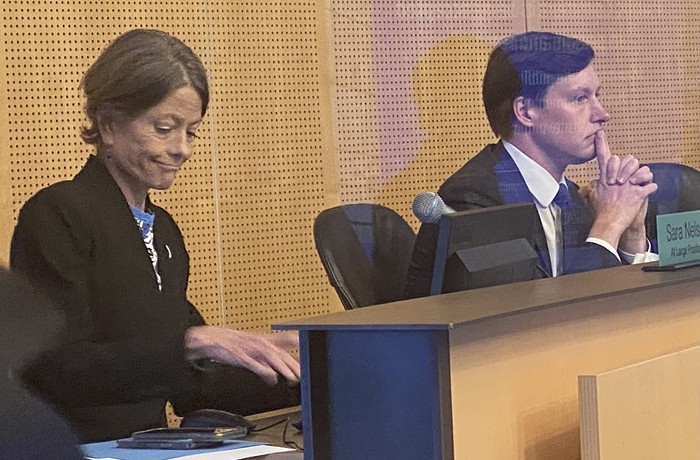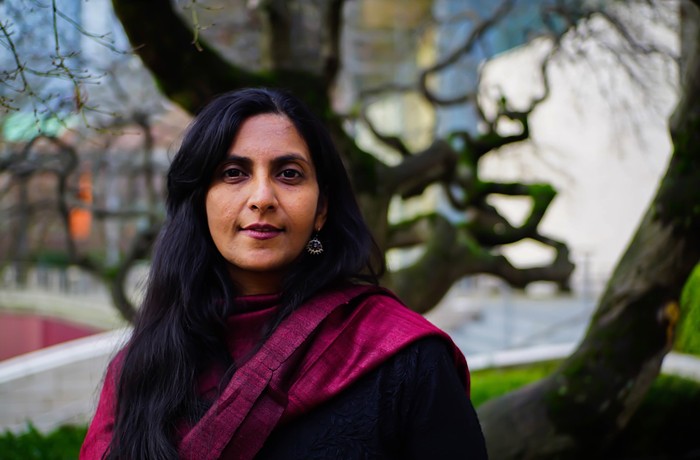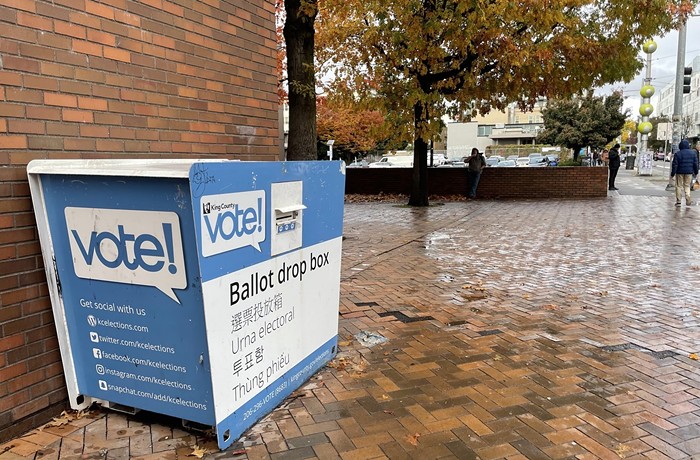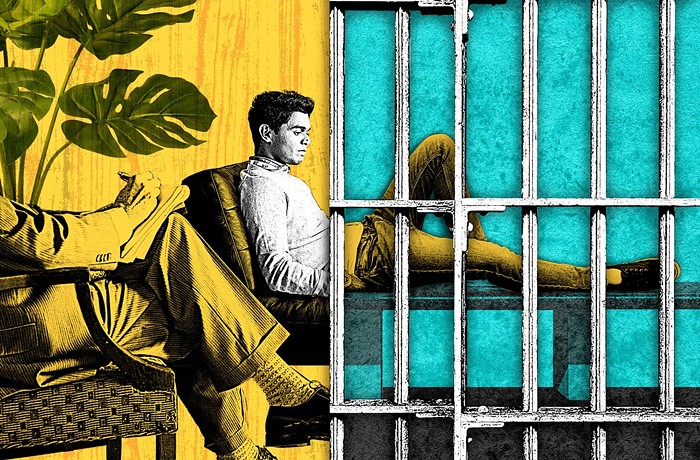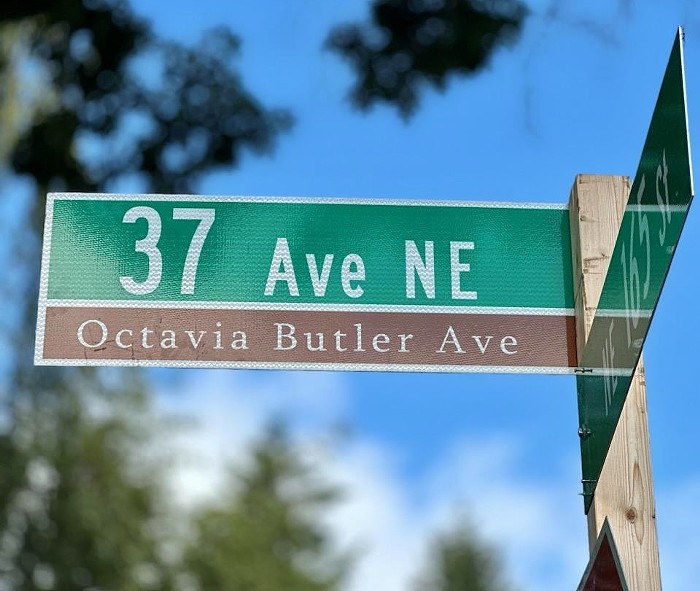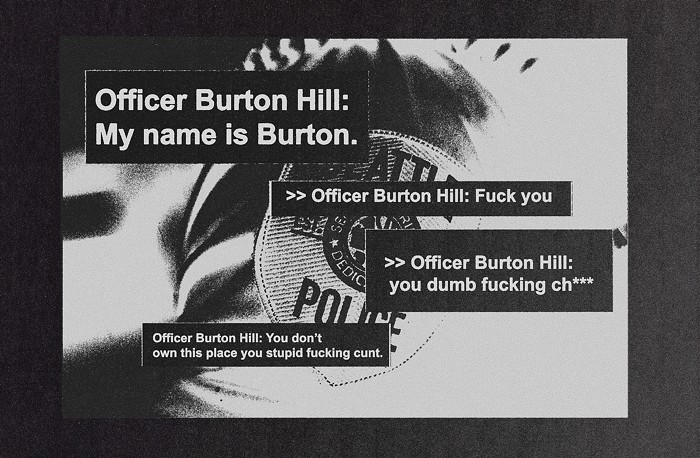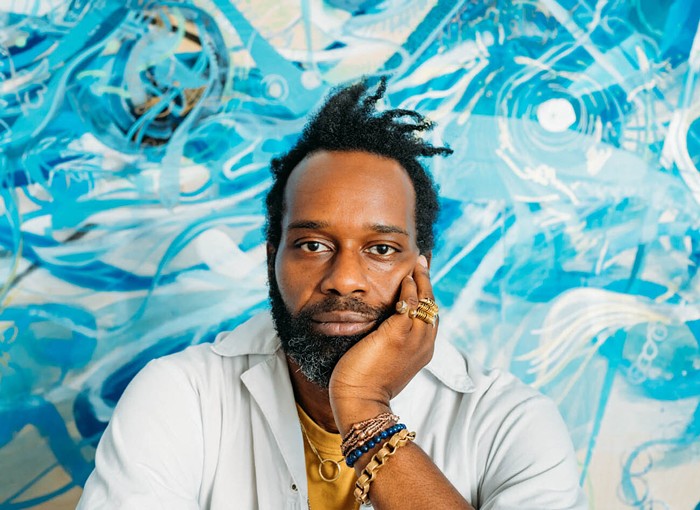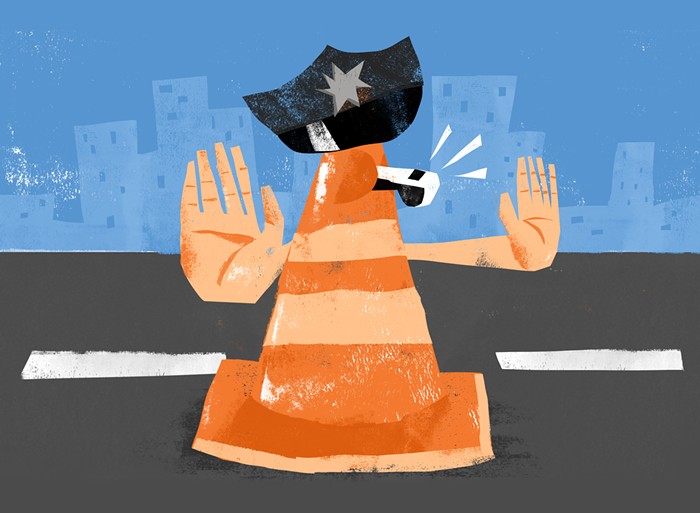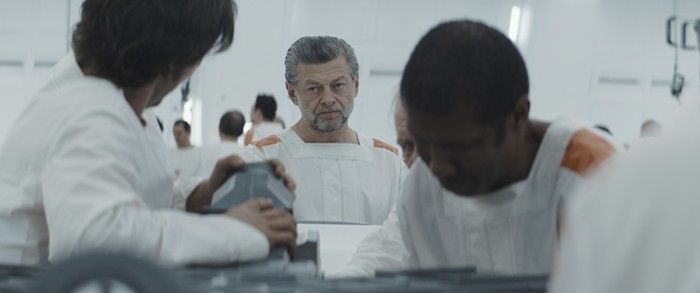"I'm all for change," Lois Harris says about her neighborhood, "but I want to be included in the change."
Harris is sitting in her shop, Vogue Coiffure Beauty Salon, which occupies a narrow space near 23rd Avenue and Spring Street. She has a Pamela Banks sign in the window, an old Coca-Cola machine, and no website. Her Vogue Coiffure Beauty Salon has been open for business in the Central District for 50 years.
Harris's shop may not be open for business much longer.
The city is currently spending $43 million to overhaul 23rd Avenue, the main business strip in the heart of the city's historically African American community. The project has faced a glare of attention as businesses in the area complain about the toll the construction is taking on their bottom line.
While most of Harris's regulars are willing to make the trip to see her despite the construction, she says she's lost all walk-in traffic. She's paying her bills, but not making a profit, and if it doesn't get better soon, Harris says she'll have to close.
Harris is just one of the small business owners in the area pressing the city for financial help to offset losses due to construction—the same kind of help the city has made available to business owners in other parts of the city during construction projects.
The project on 23rd Avenue, which began in June 2015, was initially supposed to be completed in phases. But delays have resulted in crews now working on a mile and a half long stretch of the road at once. One mile of that, between Jackson and Union Streets, is completely shut off to northbound traffic. Business owners along the way estimate their revenues are down 50 to 80 percent because of the work. To help, they want cash.
The city says it doesn't offer mitigation on construction projects like this one unless businesses are required to close. But Central District business owners point to seawall construction downtown, where, beginning in 2014, businesses had access to $15 million in mitigation money. While most waterfront businesses closed during the seawall rebuild, some remained open and could still access the funds, according to media reports from the time. (The city's defense of that discrepancy is that the seawall construction required a 40-foot-wide trench completely blocking access to those businesses, which isn't the case on 23rd.) Similarly, when light rail was being built along Martin Luther King Jr. Way, small businesses could access grants to help relocate or stay open. Most of that funding came from federal sources, but the city kicked in about $7.8 million between 2003 and 2009, according to city documents from the time.
But for the business owners along 23rd Avenue, the city has offered only marketing help and "businesses open" signs. Mayor Ed Murray has also touted a $102,000 grant his administration awarded to a neighborhood group. In a February 16 meeting with the city council, Sheley Secrest economic development chair for the Seattle King County NAACP, emphasized that that money does not go directly to businesses. Council Member Kshama Sawant, who now represents the Central District in the new districted city council system, is leading a council effort to look into the issue.
None of this feels immediate enough for the business owners along 23rd Avenue.
Sara Mae Brereton, the owner of 701 Coffee at 23rd and Cherry, has been vocal about the project on social media. She says the loss of business has left her "on the brink of homelessness."
"They say they're going to offer us technical support. What the fuck does that mean?" Brereton says, sitting inside the small shop. "People come in now because I'm in the Seattle Times and shit, but I can't sustain this for a year."
Near Union Street and 23rd Avenue, First Cup Coffee sits like a deserted island. Owner Nop Zay says the drive-through window is barely used anymore and the walk-in customers are down to a trickle. In the 1980s, Zay fled Vietnam and lived temporarily in refugee camps in Thailand and Cambodia, where she worried about feeding her three children. Today, she worries about paying her monthly rent.
"I'm scared," she says. "People keep saying hang in there. All the people will move in and business might be better. [But] they've got to help us."
None of the business owners are sure exactly how much money they'd need to survive, but they all say the city's marketing efforts aren't enough.
Seattle King County NAACP President Gerald Hankerson describes the project on 23rd another "weed and seed" effort to push black people out of the Central District. ("Weed and seed" was a federal program launched in the '90s to "weed" out criminals and "seed" new development.) According to a Seattle Times analysis of demographic data, the historically black neighborhood will be less than 10 percent black within a decade.
"They redlined us in, now they've redlined us out," one Central District resident told the Times' Gene Balk last May.
"Black-owned businesses and small businesses have been the hardest impacted since the recession," Hankerson says. "While we're in a so-called recovery, there's no effort from anybody locally, at the state level, or federally to help these struggling mom and pop shops in the neighborhood. They're just sitting here watching them die. That should be criminal."
Meanwhile at Earl's Cuts and Styles, a brightly lit, 24-year-old barbershop at 23rd and Union, an employee who gives his name as Jason M. takes a break from a Friday afternoon rush—the kind of rush you'd be especially grateful for at a time like this. He says the construction seems like the city's "way of drowning out little mom and pops, the business that have been serving this community." Gentrification has made the neighborhood where he grew up unrecognizable, he says.
The next day, during a weekly Saturday meeting at 701 Coffee, he and Earl Lancaster commiserate with other business owners. The mayor was in the area the day before. He paid visits to several of the business owners in the room at 701, but none of them feel satisfied.
Murray and his staff "bum-rushed the shop, like 20 deep," Jason says, "and it was like, are they showing their power? And [they ask], 'Oh, how's everything going?' and we're in the middle of cutting hair."
The gesture—flashy, clumsy, likely meaningless—felt familiar.
"I grew up in the neighborhood my whole life," Jason says. "I know that whenever the mayors, because there have been previous mayors that have done it, whenever they want a certain [impression], they come into the barbershop. It's one of the first places that they do come. And they come and a handshake doesn't solve it."

